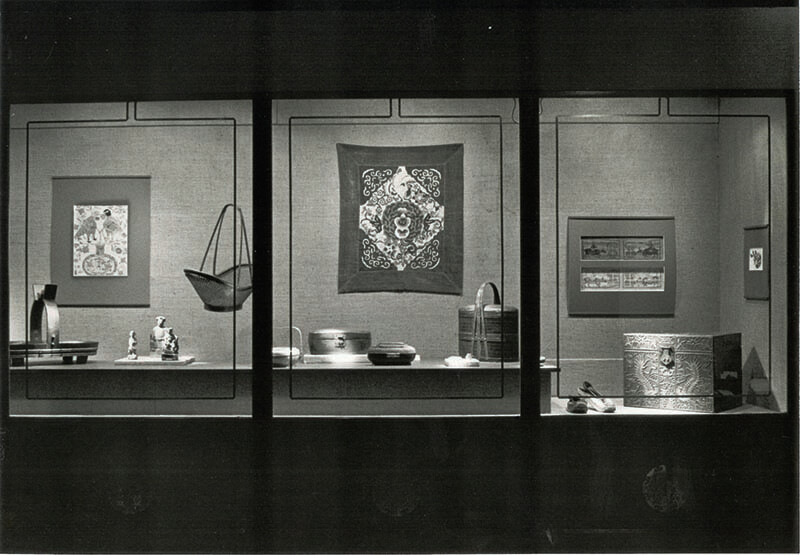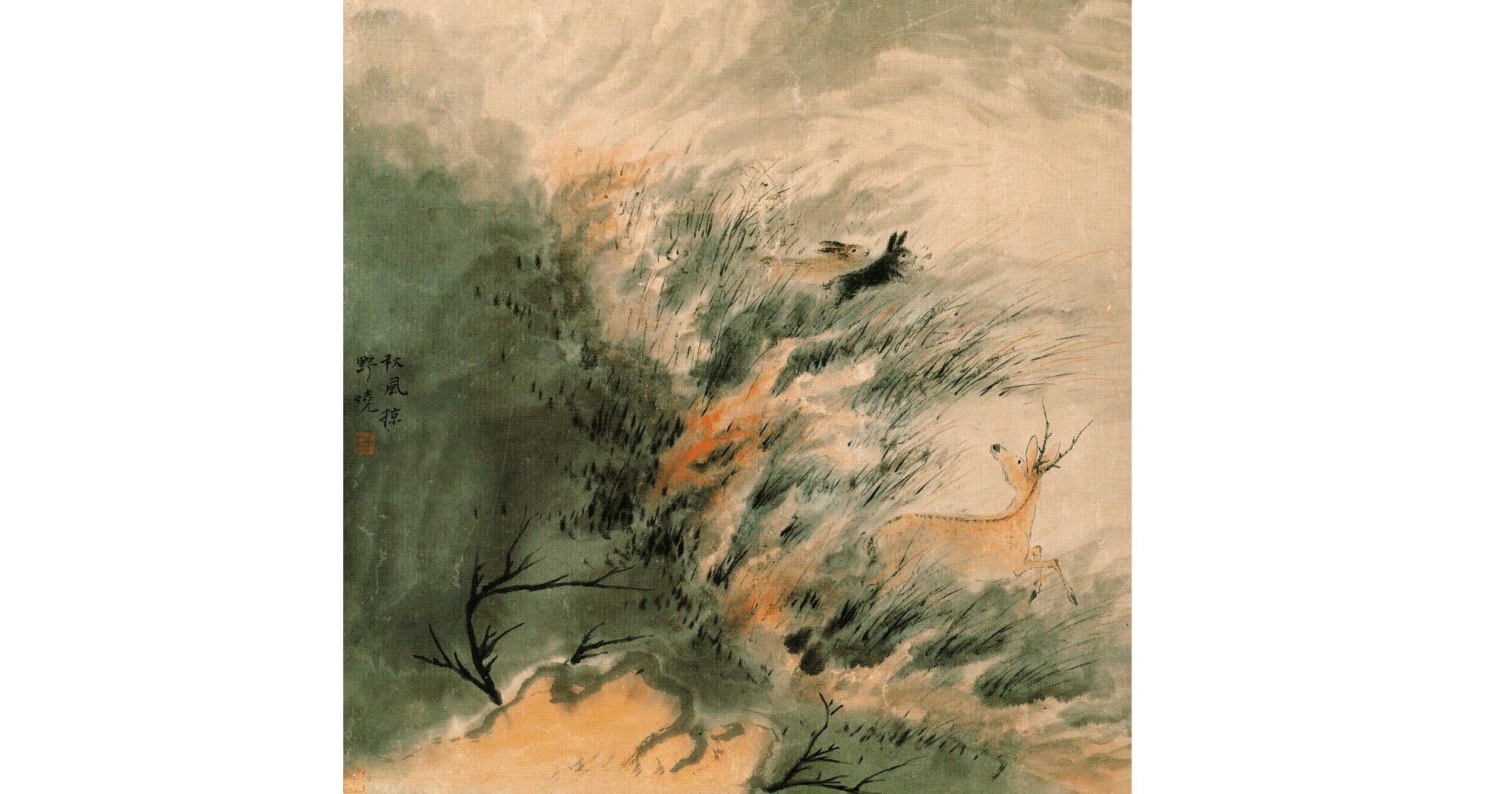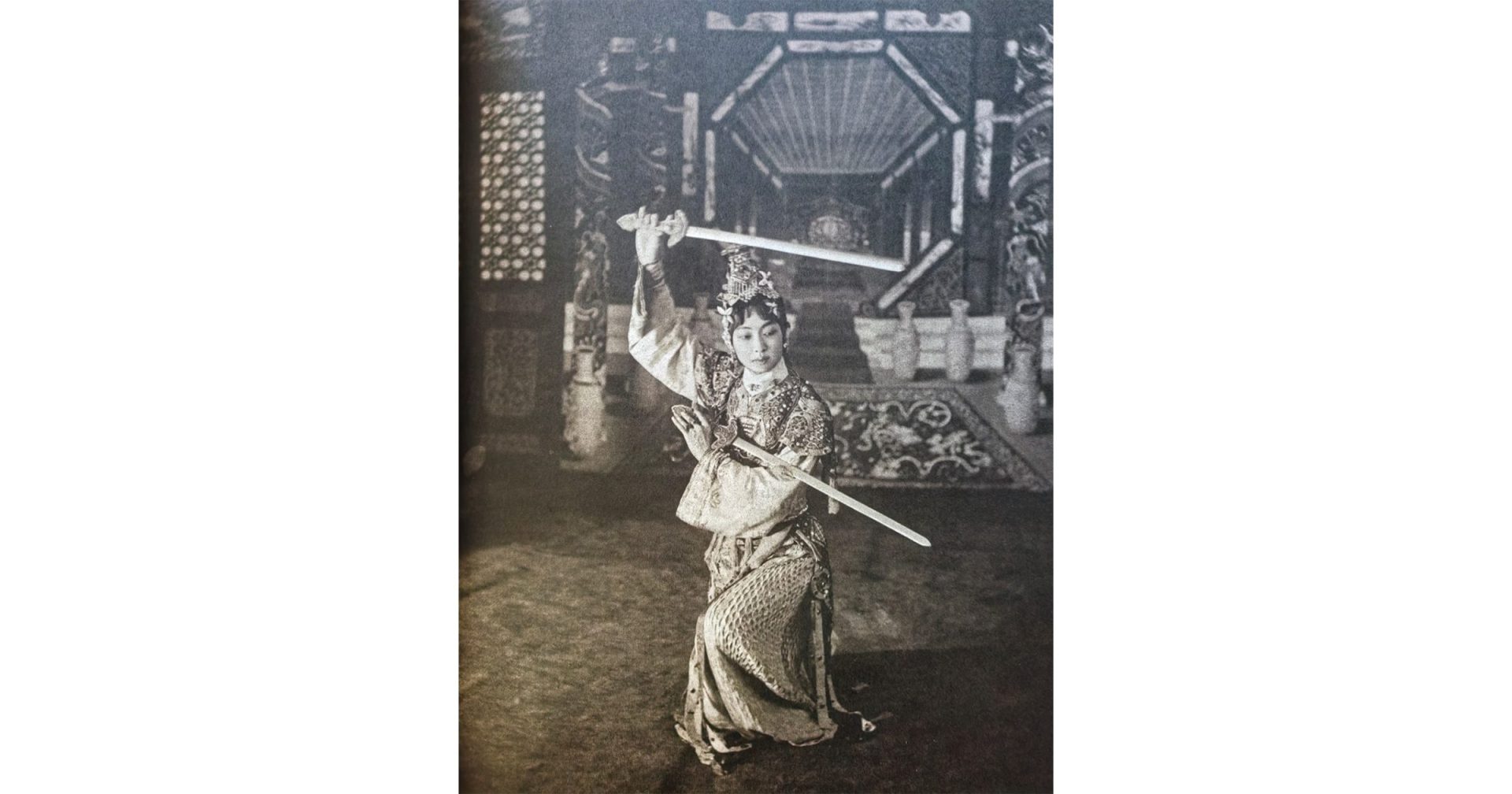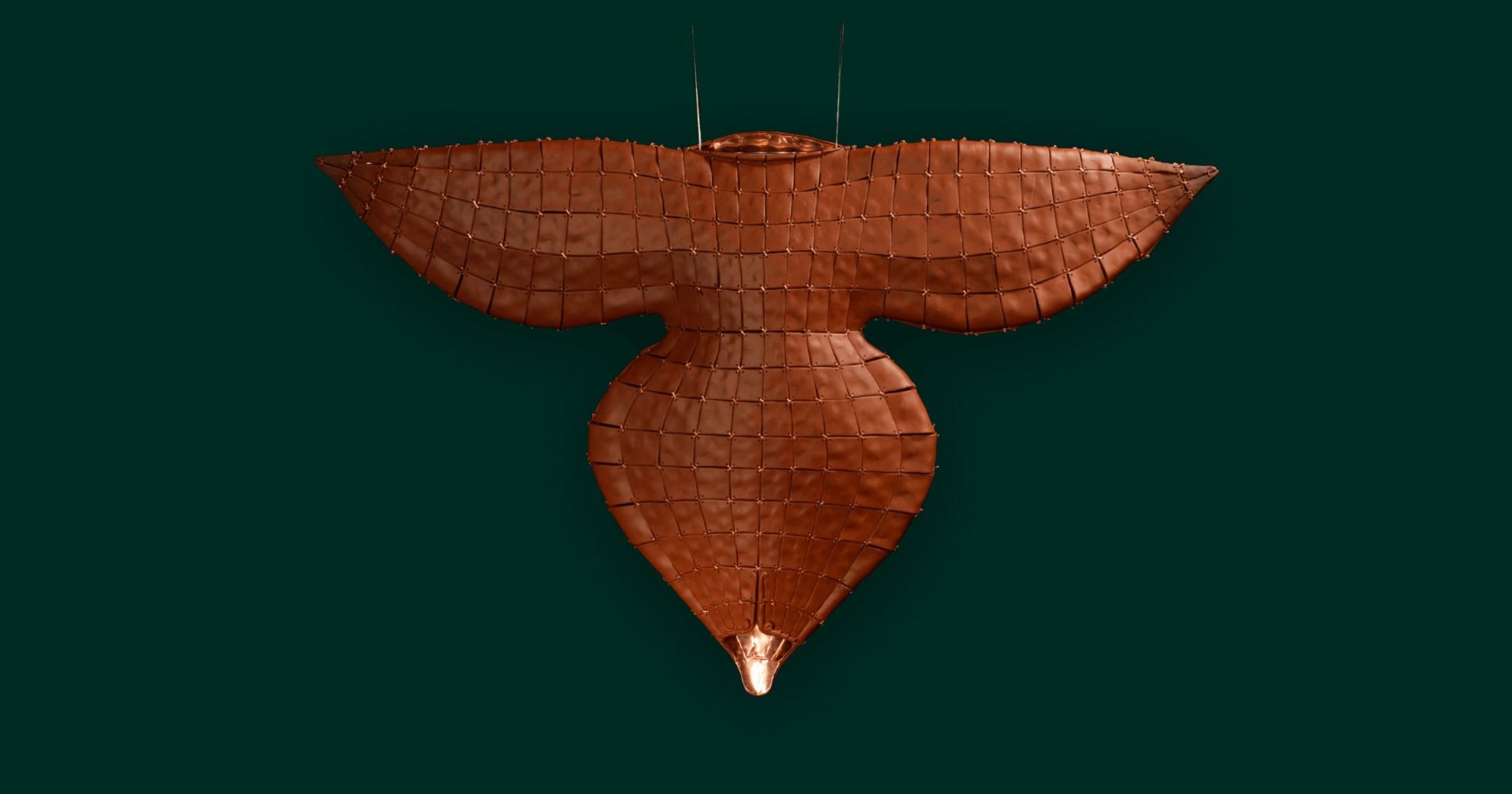Folk art, created by uneducated folk artists, is always natural, native, and naive. Since the early Ming dynasty (1368–1644), countless Chinese folk arts were produced in various media and with different levels of skill, but this genre is largely overlooked. While Chinese folk art has a long history, it has often been underappreciated, existing in the shadow of “fine art.” The exhibition brought together fifty-nine pieces of Chinese folk art, separating them into two categories based on their medium and utilitarian purpose. The first category included artworks such as wood, bamboo baskets, and other types of weaving, as well as cotton, leather, pewter, and silver works. The second category focused on wooden statues and woodblock prints that represent folk cults practiced in the home.

Chinese Folk Art in American Collections: Early 15th through 20th Centuries
美国藏中国民间艺术品
October 27, 1976 – January 30, 1977
Curated by Tseng Yu-Ho Ecke
Media Coverage
- Rita Reif, “Antiques,” The New York Times, December 3, 1976.
- N.F. Karlins, “Exquisite Show at China House,” East Side Express, January 6, 1977.
“Chinese folk art is a comparatively neglected area…the current exhibition proves that there is an extraordinary diversity of media and forms not to be missed in Chinese folk art… and accomplished by an extremely informative, illustrated catalogue.”
“It (the exhibition) provides a glimpse of what the ‘folk’ of China have produced and transmitted from generation to generation from the 15th century down to our own. This is not a show of popular art, craft items made as souvenirs for the tourists, but folk art, art developed by the ordinary people of China for their everyday enjoyment and use.”
Related Events

September 10, 2026 - January 3, 2027
Founded in 1966, the China Institute Gallery has presented the history of Chinese art from antiquity to the present through superb and thought-provoking...

March 5 - July 19, 2026
One of the most dazzling of the performing arts, Beijing Opera features magnificent costumes inspired by the court attire of the Ming dynasty. The genre’s...
No related events found
